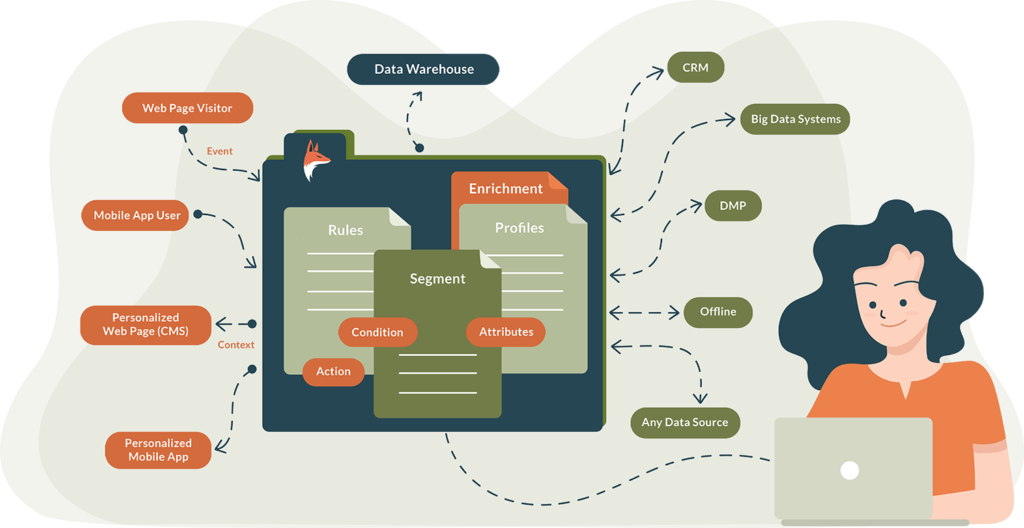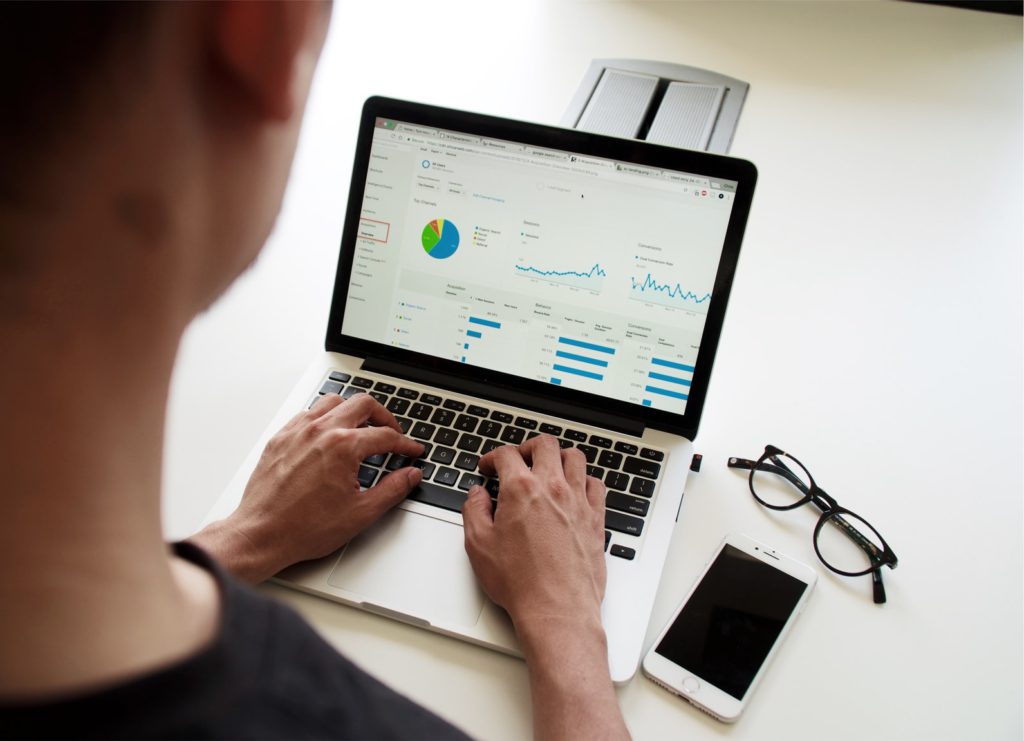As a marketer, you have to be acquainted with the terminologies and tools that go with working in the field. More often than not, they can be confusing, especially when the same marketers use the words and tools interchangeably. But having a good grasp of your marketing tools will help you do your job better and give you a deeper insight into the customers.
Good examples are Customer Data Platforms (CDP) and Data Management Platforms (DMP). Those two get mixed up all the time. Although they look the same and even have some similarities, they are completely different. And confusing one for the other will give you results that may affect your marketing efforts.
To save you from the sticky situation of getting CDP and DMP mixed up we’re going to break them up layer by layer. And just to make it easy to remember, we’ll limit it to only 4 key differences you won’t ever be able to miss it.
Let’s dive right into the 4 simple ways to spot the difference between CDP and DMP.
Purpose
One of the easiest ways to tell CDP and DMP apart is to ask the question: What’s their purpose or function?
CDPs are used to specifically record data on the customers of the company. CDPs source such data from the existing records the company may have had with its customers. In other words, the CDPs retrieve data from the company’s CRM, databases, websites, and other transactional records. The data from the CDPs will help marketers create ads and content tailored to target the company’s customers.
Unlike CDPs, DMPs have a broader scope when it comes to data sourcing and management. DMPs focus more on providing data that will be used for diverse advertising outlets. Data is collated from various sources and then properly segmented into categories that will make it easy for marketers to target their customers from different angles.

Mode of capturing data
“How do the profiles capture data?” is the next question that should come to mind.
Since DMPs focus on collecting a wide scope of data, their mode of capturing data is more generic in nature. It thereafter segments all the anonymous data it was able to comb from various sources. These segments make good sources for online advertising.
CDPs, on the other hand, analyze data and restrict the data they collect on customer data to its minutest detail. This helps to make targeted campaigns to existing customers of the company.
Kind of user profiles
By now you must have noticed a pattern where CDPs are more specialized and precise with their data and target, while DMPs are more broad and general in nature. So when you ask how they calibrate their user profiles, you’ll immediately note the difference.
CDPs provide user profiles for targeted marketing campaigns thereby eliminating every element of guesswork. In fact, it’s said to have as much as 90 percent accuracy. The CDP makes way for easy data selection through the use of a specific index like customer emails addresses or telephone numbers. This method of identifying a customer from a pool of data is called deterministic matching.
However, DMPs are not as accurate. This is because DMPs make use of data derived from cookies that have a lifespan of 90 days. It does this through the use of probabilistic matching. Thus, data provided by DMPs are anonymous. What this means is that DMPs can only provide data to target an anonymous audience.
Operating data types
Finally, the next thing to ask yourself is: What kind of data does it make use of? Before you can go any further you have to know the types of data that can be used.
Now, there are 3 kinds of data: first-party data, second-party data, and third-party data.
First-party data is the kind of data that is sourced directly from customers. These customers must have at one time or the other had direct contact with the company. This could be either online, through the company website or its app, or offline by physically visiting the company.
Second-party data is the kind of data that is retrieved from another company, while third-party data is the kind of data that is collected from a variety of sources.

You could probably guess which platform is interested in which data.
CDPs are mainly concerned with first-party data as that directly targets the company’s existing customers. So, all data such as email addresses, telephone numbers, and customers’ names are managed by the CDP.
On the other hand, DMPs’ focus is on third-party data from cookies and IP addresses because they are anonymous in nature.

